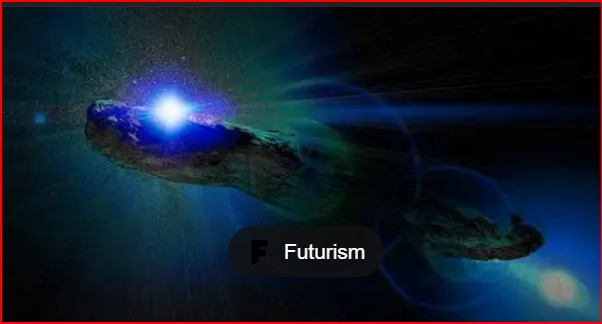A newly discovered “quasi-moon” orbiting near Earth, named 2025 PN7, is drawing global attention—not just for its rarity, but for a bold theory linking it to the interstellar comet C/2025 P1 (ATLAS) also known as comet 31. Some scientists even suspect it could be an alien probe.
While most astronomers believe the object is a naturally captured asteroid, Harvard astrophysicist Avi Loeb has proposed a startling alternative: that it might be an artificial alien probe sent to observe our planet.
A Celestial Mystery: 2025 PNZ Captivates Scientists
The discovery coincides with NASA’s tracking of Comet C/2025 P1 (ATLAS), a visitor from beyond our Solar System traveling at hyperbolic speeds. According to NASA, the comet poses no threat to Earth and will pass about 170 million miles away around October 30, 2025, just inside the orbit of Mars.
Loeb, known for his unconventional yet data-driven perspectives, argues that 3I/ATLAS (as the comet is also designated) might represent more than just a natural rock. In a recent IBTimes report, Loeb suggested it could be “an alien mothership capable of controlled propulsion.”
Avi Loeb’s Alien probe Theory
“Humanity’s recorded history—barely 8,000 years—is insignificant compared to the 13.8-billion-year age of the Milky Way,” Loeb explained. “In that vast timespan, intelligent life likely evolved long before us.”



